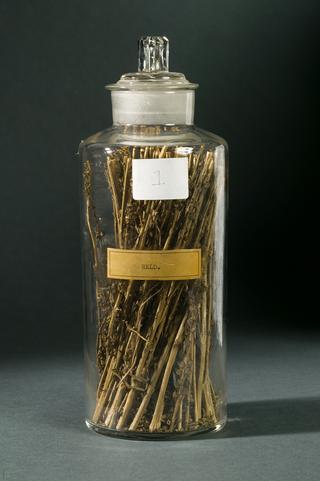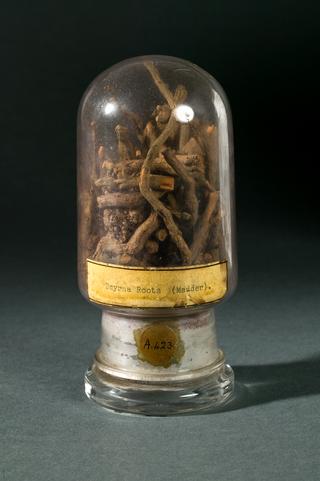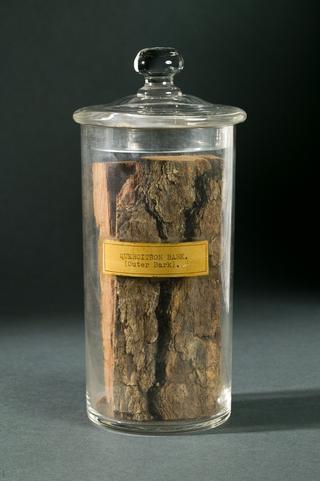Acetylene Generator
Acetylene generator.
More
Acetylene is a colourless gas often used as a fuel, created from the reaction between water and calcium carbide. During the late 19th century and early 20th century, acetylene gas was a common source of heating, lighting and power, especially as petrol and kerosene and other types of fuel were at the time much harder to produce on a large scale, and consequently more expensive. By 1916 the UK has installed acetylene generators in over 3000 separate locations.
Acetylene generators (also called acetylene plants) worked by storing water in a tray above a container with powdered calcium carbide. By turning a control valve, a steady and controllable stream of water would pour onto the carbide, producing variable amount of acetylene gas which is then draw out and into a storage container. Acetylene gas could then be pumped through pipes across a building to power acetylene lamps, create heat in radiators, or to fuel kitchen appliances.
This model was built in the early 20th century by the Acetylene Corporation Ltd, located on 49 Victoria Street, Westminster (formerly the British Air Gas Company in the same location), which was also the central location of the acetylene appliances trade. It was installed at a large country house in Sholebroke (owned by the Fenwick family at the time), three miles from Towcester and near Buckingham. At the time, the Fenwick family house had yet to be connected to the mains supply of electricity and gas, necessitating the installation of their own generator of acetylene gas.
- Measurements:
-
overall: 1610 mm x 1200 mm x 1170 mm, 350 kg
- Materials:
- steel (metal) , iron and bronze (copper, tin alloy)
- Object Number:
- 1997-22 Pt1
- type:
- acetylene generator





